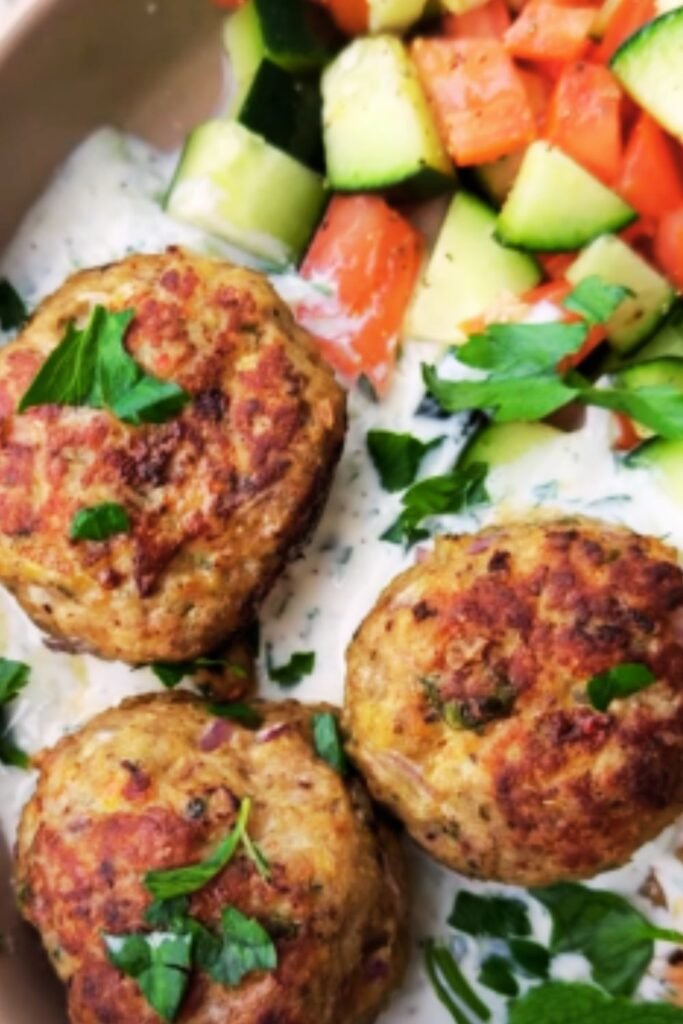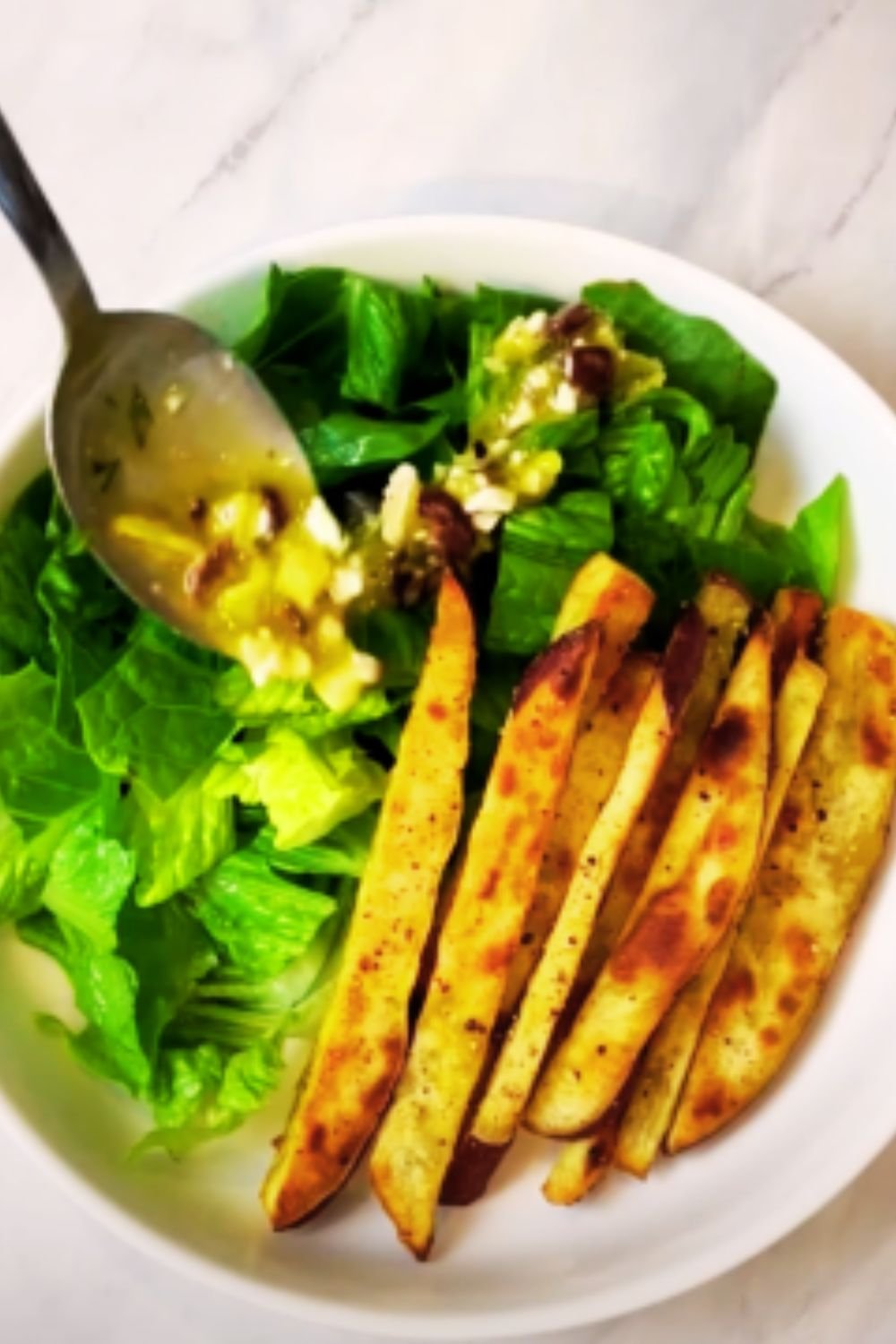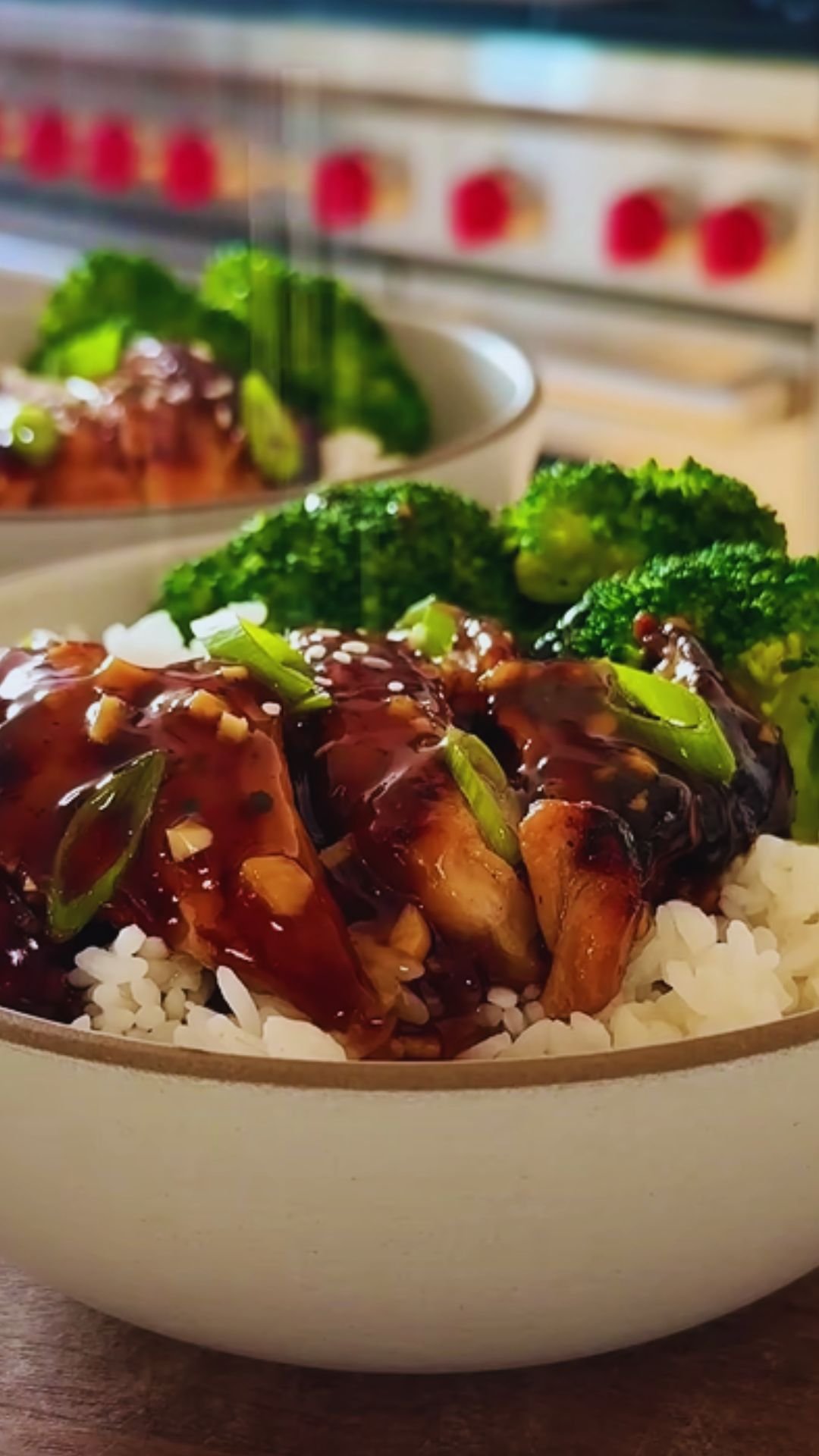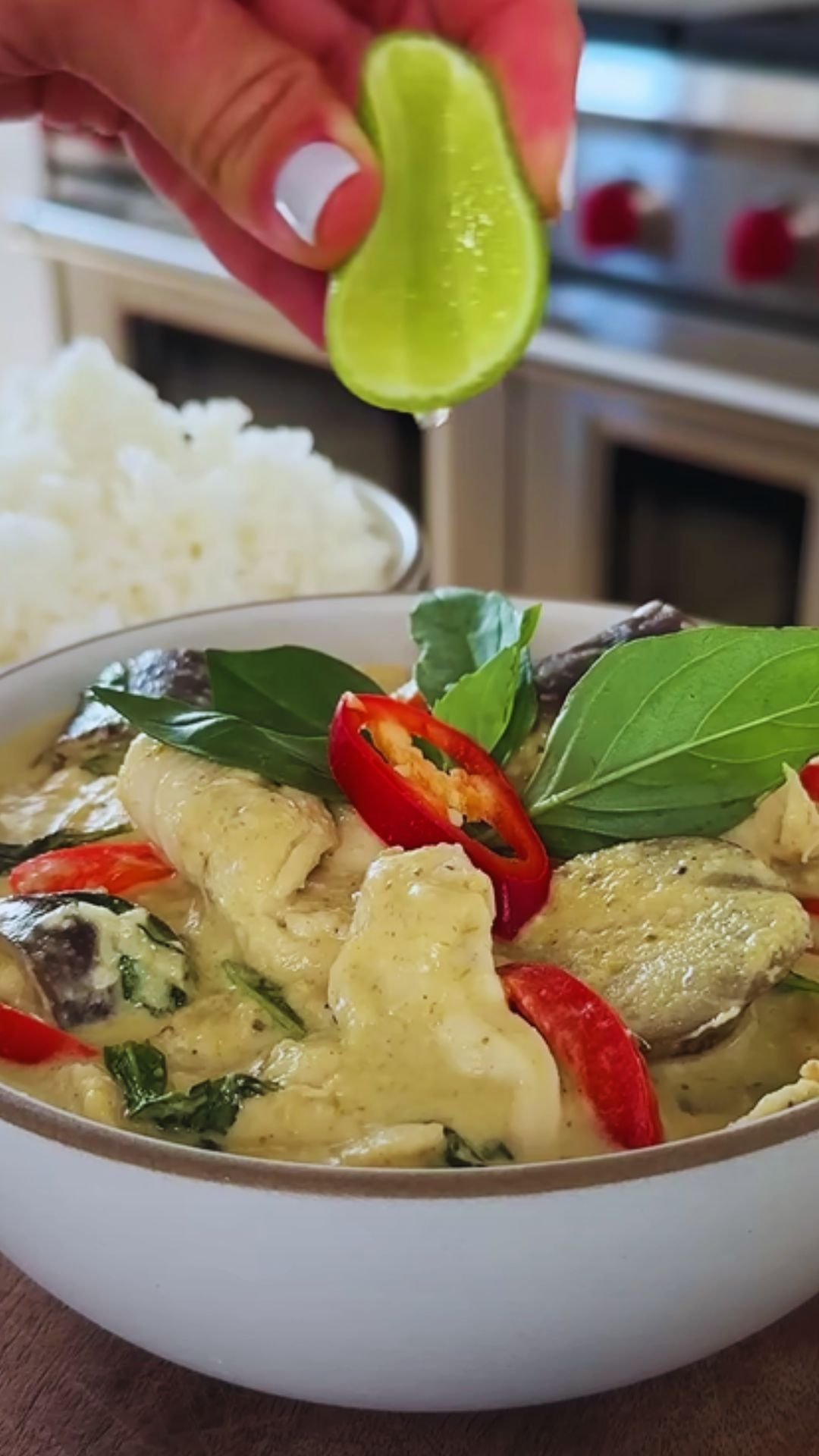When my culinary adventures lead me toward healthier eating, I often find myself gravitating to Mediterranean flavors. There’s something magical about the combination of fresh herbs, lemon, olive oil, and garlic that transforms simple ingredients into something extraordinary. Today, I’m sharing one of my absolute favorite meal prep recipes: a Mediterranean bowl featuring juicy turkey meatballs, colorful vegetables, and a creamy tzatziki sauce that ties everything together.
This Mediterranean bowl is more than just a meal—it’s a vibrant experience that brings together the best flavors of the region. The turkey meatballs are seasoned with aromatic herbs, the vegetables provide a rainbow of nutrients, and the quinoa base delivers satisfying protein and fiber. Whether you’re meal prepping for the week ahead or serving this for a family dinner, these bowls will transport your taste buds straight to the sunny shores of the Mediterranean.
What Makes This Mediterranean Bowl Special?
What sets this bowl apart is the careful balance of flavors, textures, and nutritional elements. The meatballs are lightweight yet hearty, made with lean turkey instead of traditional beef or lamb. I’ve loaded them with fresh herbs and spices that give them a distinctive Mediterranean profile.
The base features protein-rich quinoa, while the toppings include crisp cucumbers, juicy tomatoes, tangy olives, and creamy feta. The homemade tzatziki adds a cooling element that perfectly complements the warm meatballs.
I love that this bowl is completely customizable. You can add more vegetables, switch out the grain, or adjust the seasonings to suit your preferences. It’s also perfect for meal prep—all components can be prepared ahead of time and assembled when you’re ready to eat.
Ingredients You’ll Need
For the Turkey Meatballs:
- 1 pound (450g) ground turkey (93% lean)
- 1/4 cup finely chopped red onion
- 3 cloves garlic, minced
- 2 tablespoons fresh parsley, finely chopped
- 1 tablespoon fresh mint, finely chopped
- 1 teaspoon dried oregano
- 1 teaspoon ground cumin
- 1/2 teaspoon ground coriander
- 1/2 teaspoon sea salt
- 1/4 teaspoon freshly ground black pepper
- 1 large egg, lightly beaten
- 1/4 cup breadcrumbs (use gluten-free if needed)
- 1 tablespoon olive oil (for cooking)
For the Quinoa Base:
- 1 cup quinoa, rinsed thoroughly
- 2 cups vegetable or chicken broth
- 1/2 teaspoon sea salt
- 1 tablespoon fresh lemon juice
- 1 tablespoon olive oil
- 2 tablespoons fresh parsley, chopped
For the Tzatziki Sauce:
- 1 cup Greek yogurt (full-fat for creamier texture)
- 1/2 medium cucumber, grated and excess water squeezed out
- 2 cloves garlic, finely minced
- 1 tablespoon fresh dill, chopped
- 1 tablespoon fresh mint, chopped
- 1 tablespoon olive oil
- 1 tablespoon fresh lemon juice
- 1/4 teaspoon sea salt
For the Bowl Assembly:
- 1 cup cherry tomatoes, halved
- 1 cucumber, diced
- 1/2 red onion, thinly sliced
- 1/2 cup kalamata olives, pitted
- 1/2 cup feta cheese, crumbled
- 1/4 cup fresh parsley, chopped
- 2 tablespoons pine nuts, toasted
- Lemon wedges for serving

Nutritional Information
This Mediterranean bowl isn’t just delicious—it’s also packed with nutrients! Here’s a breakdown of what you’re getting in each serving:
| Nutrient | Amount per Serving | % Daily Value* |
|---|---|---|
| Calories | 520 | – |
| Protein | 35g | 70% |
| Carbohydrates | 42g | 14% |
| Dietary Fiber | 8g | 29% |
| Total Fat | 25g | 32% |
| Saturated Fat | 6g | 30% |
| Sodium | 780mg | 34% |
| Potassium | 820mg | 17% |
| Calcium | 200mg | 15% |
| Iron | 4mg | 22% |
| Vitamin A | 850IU | 17% |
| Vitamin C | 35mg | 39% |
*Based on a 2,000 calorie diet
Detailed Instructions
Making the Turkey Meatballs
- In a large mixing bowl, combine ground turkey, red onion, garlic, parsley, mint, oregano, cumin, coriander, salt, and pepper.
- Add the beaten egg and breadcrumbs to the mixture and gently combine using your hands. Be careful not to overmix as this can make the meatballs tough.
- Cover the bowl and refrigerate for 15-30 minutes to allow the flavors to meld and the mixture to firm up.
- Using clean hands, portion the mixture into about 16-20 meatballs (roughly 1.5 tablespoons each).
- Heat olive oil in a large skillet over medium heat.
- Add the meatballs to the skillet, being careful not to overcrowd the pan. Cook in batches if necessary.
- Brown the meatballs on all sides, about 2-3 minutes per side.
- Reduce heat to medium-low, cover the skillet, and continue cooking until the meatballs reach an internal temperature of 165°F (74°C), about 8-10 minutes total.
- Transfer cooked meatballs to a plate lined with paper towels to absorb excess oil.
My tip: For even more flavor, you can add 1/4 cup crumbled feta cheese to the meatball mixture. If you’re watching your carb intake, you can replace the breadcrumbs with almond flour or ground flaxseed.
Preparing the Quinoa Base
- Rinse quinoa thoroughly under cold water using a fine-mesh strainer until the water runs clear. This removes the natural coating called saponin, which can give quinoa a bitter taste.
- In a medium saucepan, combine rinsed quinoa and broth. Bring to a boil over high heat.
- Once boiling, reduce heat to low, cover, and simmer for 15 minutes, or until all liquid is absorbed and quinoa is tender.
- Remove from heat and let stand, covered, for 5 minutes.
- Fluff the quinoa with a fork, then stir in salt, lemon juice, olive oil, and chopped parsley.
Time-saving tip: You can prepare the quinoa up to 3 days in advance and store it in an airtight container in the refrigerator.
Making the Tzatziki Sauce
- After grating the cucumber, place it in a clean kitchen towel or several layers of paper towels and squeeze firmly to remove as much water as possible. This prevents your tzatziki from becoming watery.
- In a medium bowl, combine the Greek yogurt, drained cucumber, minced garlic, dill, mint, olive oil, lemon juice, and salt.
- Stir well to combine all ingredients thoroughly.
- Taste and adjust seasonings as needed, adding more salt or lemon juice if desired.
- Cover and refrigerate for at least 30 minutes before serving to allow flavors to develop.

My secret: For an extra flavor boost, add a pinch of sumac to your tzatziki. This tangy, crimson spice is commonly used in Mediterranean cooking and adds a lovely lemony flavor.
Assembling the Mediterranean Bowls
- Divide the prepared quinoa among four serving bowls, placing it as the base layer.
- Arrange 4-5 turkey meatballs on top of the quinoa in each bowl.
- Add portions of cherry tomatoes, cucumber, red onion, and kalamata olives around the meatballs.
- Sprinkle each bowl with crumbled feta cheese and toasted pine nuts.
- Add a generous dollop of tzatziki sauce to each bowl.
- Garnish with fresh parsley and a lemon wedge on the side.
Make-Ahead and Storage Tips
One of the reasons I love this Mediterranean bowl so much is how well it works for meal prep. Here’s how to make components ahead and store them properly:
Turkey Meatballs:
- Cook completely, cool, and store in an airtight container in the refrigerator for up to 4 days.
- Freeze cooked meatballs for up to 3 months. Thaw overnight in the refrigerator before reheating.
- Reheat in the microwave for 1-2 minutes or in a 350°F (175°C) oven for 8-10 minutes until warmed through.
Quinoa:
- Cooked quinoa will stay fresh in the refrigerator for up to 5 days when stored in an airtight container.
- To reheat, sprinkle with a little water and microwave for 1 minute, or until warm.
Tzatziki Sauce:
- Stays fresh in the refrigerator for up to 4 days when stored in an airtight container.
- Stir well before serving, as some liquid separation may occur.
Pre-cut Vegetables:
- Slice cucumbers and tomatoes no more than 24 hours before serving for optimal freshness.
- Store sliced red onions in cold water in the refrigerator to reduce their sharp flavor and keep them crisp.
Variations to Try
What I adore about Mediterranean bowls is their versatility. Here are some delicious variations to customize this recipe:
Protein Options:
- Substitute ground chicken, lamb, or plant-based meat alternatives for the turkey
- Use chickpeas or falafel for a vegetarian option
- Add grilled shrimp or salmon instead of meatballs
Grain Alternatives:
- Brown rice or farro for a heartier texture
- Cauliflower rice for a low-carb option
- Bulgur wheat for authentic Mediterranean flavor
- Orzo pasta for a different texture
Additional Toppings:
- Roasted red peppers for sweetness
- Artichoke hearts for tangy flavor
- Pickled red onions for acidity
- Sundried tomatoes for intense flavor
- Hummus for extra protein and creaminess
- Za’atar-spiced pita chips for crunch

Serving Suggestions
When I serve these Mediterranean bowls, I like to create a full experience with complementary items:
- Fresh pita bread on the side for scooping
- A simple green salad dressed with lemon and olive oil
- Sparkling water with a splash of pomegranate juice and fresh mint
- Cucumber-infused water with lemon slices
- A side of mixed olives and pickled vegetables
- Fresh fruit like figs or orange slices for dessert
Health Benefits of This Mediterranean Bowl
The Mediterranean diet is consistently ranked as one of the healthiest eating patterns in the world, and this bowl incorporates many of its key components:
Lean Protein
The turkey meatballs provide high-quality protein that helps build and maintain muscle mass while keeping saturated fat levels low compared to red meat options.
Healthy Fats
Olive oil, feta cheese, pine nuts, and olives deliver monounsaturated and polyunsaturated fats that support heart health and reduce inflammation.
Complex Carbohydrates
Quinoa provides sustained energy through complex carbohydrates while also delivering complete protein—unusual for a plant-based food.
Fiber-Rich Ingredients
Between the quinoa and vegetables, each bowl contains significant dietary fiber, which aids digestion, helps maintain steady blood sugar levels, and contributes to feelings of fullness.
Antioxidants and Phytonutrients
The colorful array of vegetables delivers a wide spectrum of protective compounds that fight oxidative stress and support cellular health.
Probiotics
The Greek yogurt in tzatziki contains beneficial bacteria that support gut health and boost immunity.
Common Questions & Answers
Q: Can I make these meatballs in the oven instead of pan-frying? Yes! Preheat your oven to 400°F (200°C). Place the formed meatballs on a parchment-lined baking sheet and bake for 15-20 minutes or until they reach an internal temperature of 165°F (74°C). Baking produces less mess and allows you to cook all the meatballs at once.
Q: How can I make this recipe dairy-free? For a dairy-free version, omit the feta cheese and replace the Greek yogurt in the tzatziki with a plant-based alternative like coconut yogurt. Add a tablespoon of dairy-free mayonnaise to achieve a creamier texture, and a bit more lemon juice for tanginess.
Q: Is there a way to make this recipe even faster for busy weeknights? Absolutely! Use pre-cooked quinoa (available at many grocery stores), and consider using pre-made turkey meatballs from the refrigerated or frozen section. You can also purchase prepared tzatziki sauce, though homemade has a fresher flavor.
Q: Can I use ground beef instead of turkey? Yes, you can substitute ground beef, though it will change the flavor profile and nutritional content. If using beef, I recommend 90% lean to avoid excessive grease. You might want to adjust the seasonings slightly, using a bit more garlic and oregano to complement the stronger flavor of beef.
Q: How can I make this recipe low-carb? Replace the quinoa with cauliflower rice and use almond flour instead of breadcrumbs in the meatballs. This will significantly reduce the carbohydrate content while maintaining the Mediterranean flavors.
Q: My tzatziki turned out watery—what did I do wrong? The most common cause of watery tzatziki is not removing enough moisture from the cucumber. Make sure to squeeze it thoroughly using a clean kitchen towel or cheesecloth. Additionally, using full-fat Greek yogurt rather than non-fat varieties will produce a thicker sauce.
Q: Can these bowls be served cold for lunch at work? Yes! These Mediterranean bowls are delicious both warm and cold. If taking to work, I recommend packing the tzatziki sauce separately and adding it just before eating to maintain optimal texture.
Q: How spicy are these meatballs? The meatballs in this recipe are aromatic but not spicy. If you prefer some heat, you can add 1/4 teaspoon of red pepper flakes to the meatball mixture or serve the finished bowls with a sprinkle of Aleppo pepper.
Tips for Perfect Turkey Meatballs
After years of making these meatballs, I’ve discovered some tricks that make a huge difference:
- Don’t overmix the meat mixture—this can make your meatballs tough. Mix just until ingredients are incorporated.
- Chill the mixture before forming meatballs. This firms up the mixture and makes it easier to shape.
- Use slightly wet hands when rolling the meatballs to prevent sticking.
- Don’t press the meat too firmly when forming meatballs—a light touch yields tender results.
- Make sure your skillet is hot before adding the meatballs to get a good sear.
- Don’t crowd the pan—leave space between meatballs so they brown properly rather than steam.
- If making larger batches, keep cooked meatballs warm in a 200°F (93°C) oven while cooking remaining batches.
- For guaranteed juicy meatballs, consider adding 2 tablespoons of grated zucchini to the mixture.
Why This Recipe Works
As someone who’s experimented with countless Mediterranean recipes, I can tell you why this particular combination works so well:
- The herbs and spices in the meatballs are authentic to Mediterranean cuisine, creating a properly balanced flavor profile.
- Combining ground turkey with aromatic ingredients counteracts its potential blandness, resulting in flavorful meatballs.
- The cooling tzatziki provides the perfect contrast to the warm, herb-infused meatballs.
- The varying textures—from the fluffy quinoa to the crisp vegetables to the tender meatballs—create an exciting eating experience.
- The components can be prepared separately and assembled just before serving, making this ideal for meal prep or entertaining.
- Each element contributes different nutritional benefits, creating a well-rounded meal.
- The dish is naturally portioned into individual bowls, making it easy to serve and customize for different dietary needs.

Final Thoughts
My journey with Mediterranean cuisine has taught me that simple, fresh ingredients combined with thoughtful preparation can create extraordinary meals. This Mediterranean bowl with turkey meatballs exemplifies this philosophy perfectly—it’s nutritious, flavorful, versatile, and satisfying.
What I love most about this recipe is how it brings together individual components that are delicious on their own but become something even more special when combined. The meatballs can star in pasta dishes or sandwiches, the tzatziki works beautifully as a dip or sauce for grilled meats, and the quinoa base can be customized with whatever vegetables are in season.
Whether you’re looking for a healthy meal prep option for busy weekdays, a crowd-pleasing dinner for family and friends, or simply want to explore the vibrant flavors of Mediterranean cuisine, this bowl delivers on all fronts. I hope you enjoy making and eating it as much as I do!
Remember that cooking should be a joyful experience, so don’t be afraid to adapt this recipe to suit your preferences. The beauty of Mediterranean cooking lies in its flexibility and emphasis on fresh, wholesome ingredients. Use what you have, celebrate seasonal produce, and most importantly, savor every bite of your creation.


